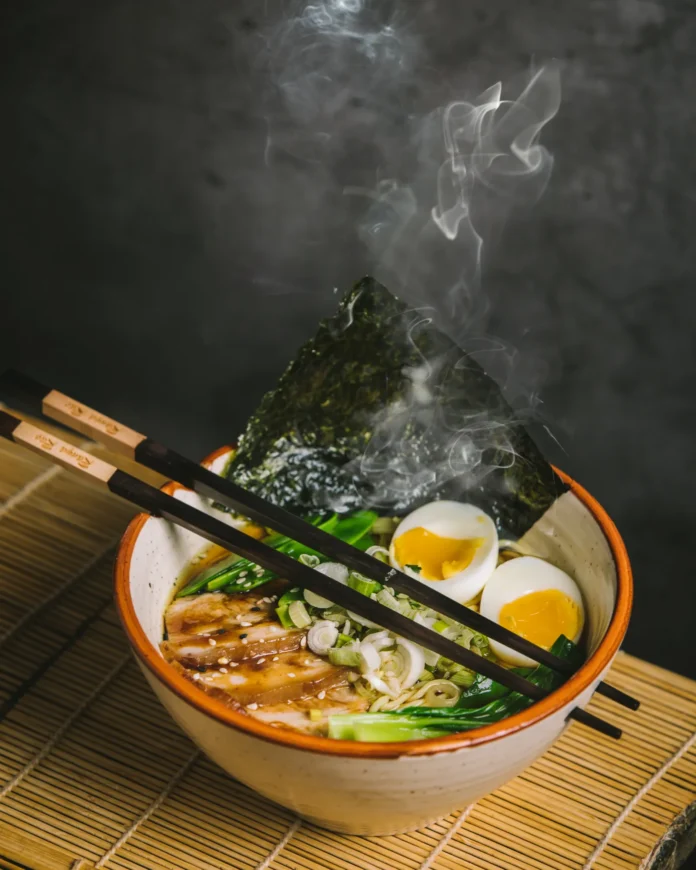In Japan, ramen isn’t just a dish—it’s an experience, and even a tourist attraction. From bustling city streets to quaint local shops, ramen restaurants across Japan draw crowds of locals and visitors alike, eager to savor this iconic Japanese comfort food.
Each bowl of ramen tells a story, reflecting the unique culinary traditions of its region. Whether it’s the rich tonkotsu broth of Fukuoka, the soy sauce-based shoyu ramen of Tokyo, or the miso-infused specialty of Sapporo, every bowl offers a taste of local culture and history.
But ramen isn’t just about the broth and noodles—it’s also about the craftsmanship that goes into creating the perfect bowl. Ramen chefs, known as “ramenya,” spend years honing their skills, perfecting the art of noodle-making and broth-brewing to create a harmonious blend of flavors and textures.
For tourists, visiting a ramen shop in Japan is more than just a meal—it’s an opportunity to immerse themselves in the country’s culinary heritage. Many ramen shops boast long lines of eager customers, patiently waiting for their chance to slurp down a steaming bowl of noodles.
In recent years, ramen has become increasingly popular among international tourists, with food enthusiasts from around the world flocking to Japan to sample its diverse offerings. Ramen-themed tours and workshops have sprung up, offering visitors the chance to learn about the history and culture of ramen while enjoying hands-on cooking experiences.
Beyond the culinary aspect, ramen also holds a special place in Japanese pop culture. The dish has been featured in countless movies, TV shows, and manga, cementing its status as a cultural icon.
In addition to its culture, ramen also plays a role in Japan’s economy, contributing to the country’s thriving food industry. Ramen shops employ thousands of people and generate significant revenue, particularly in popular tourist destinations.
As a culinary delight, ramen offers a spectrum of flavors and toppings, allowing diners to customize their experience according to personal preferences. From tender slices of pork belly to soft-boiled eggs and crisp bamboo shoots, the variety of toppings adds depth and complexity to each bowl.
Moreover, ramen shops often pride themselves on their unique ambiance and decor, with some establishments adopting traditional Japanese aesthetics while others embrace modern and innovative designs. This diversity adds to the overall experience, making each ramen outing a memorable adventure.
Beyond its appeal to tourists, ramen holds a special place in the hearts of locals, serving as a beloved comfort food enjoyed during all seasons. Whether seeking solace on a cold winter’s day or a quick, satisfying meal on a busy afternoon, ramen remains a go-to choice for many Japanese diners.
Furthermore, the popularity of ramen extends beyond Japan’s borders, with ramen shops cropping up in cities around the world. This global appreciation for ramen speaks to its universal appeal and the enduring legacy of Japanese cuisine on the international stage.
In essence, ramen in Japan embodies more than just a culinary delight—it represents a cultural phenomenon, a testament to the country’s rich traditions and innovative spirit. With its tantalizing flavors, welcoming atmosphere, and enduring popularity, ramen continues to captivate hearts and palates both at home and abroad.

